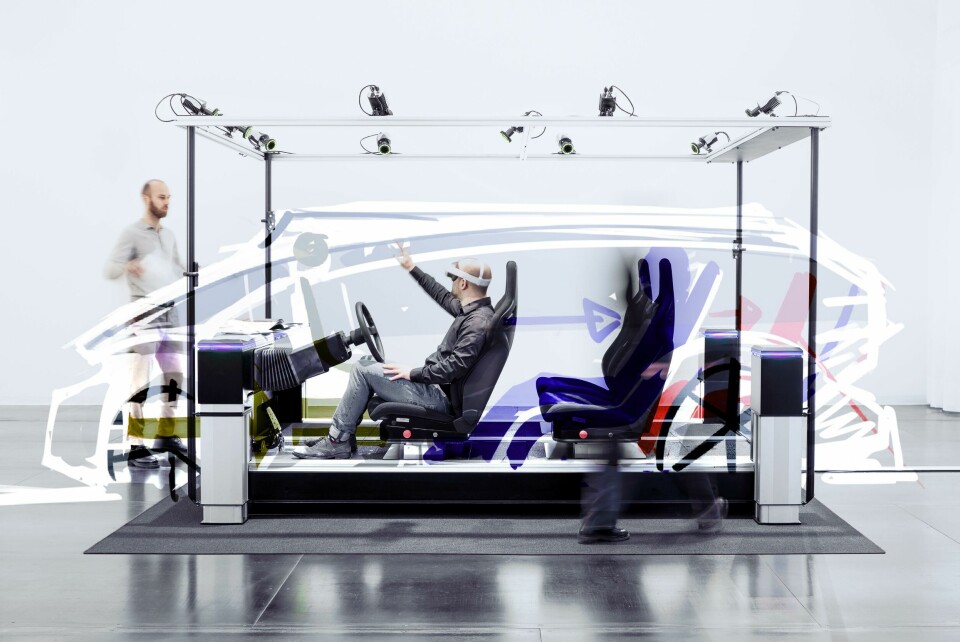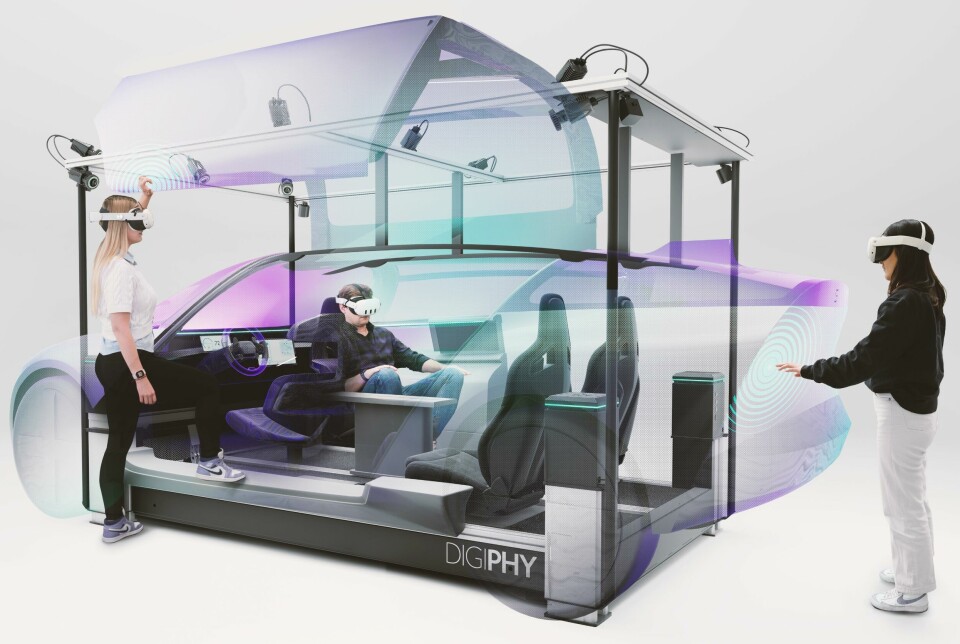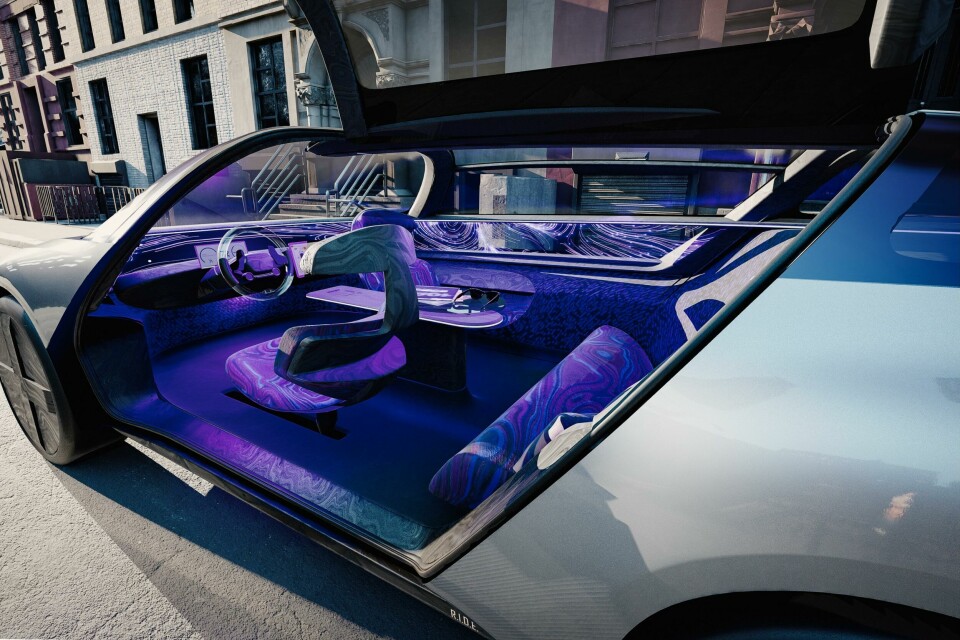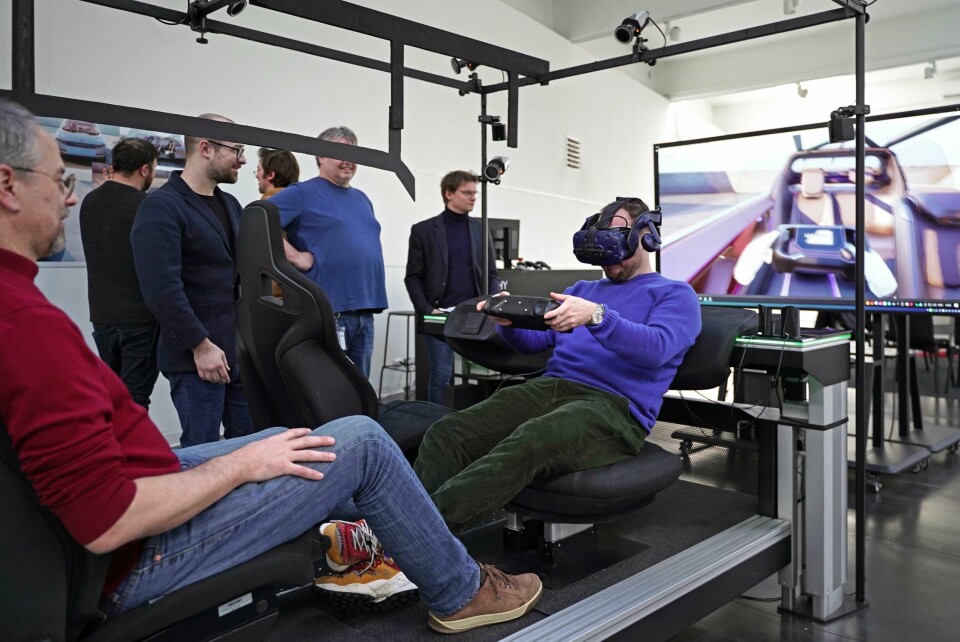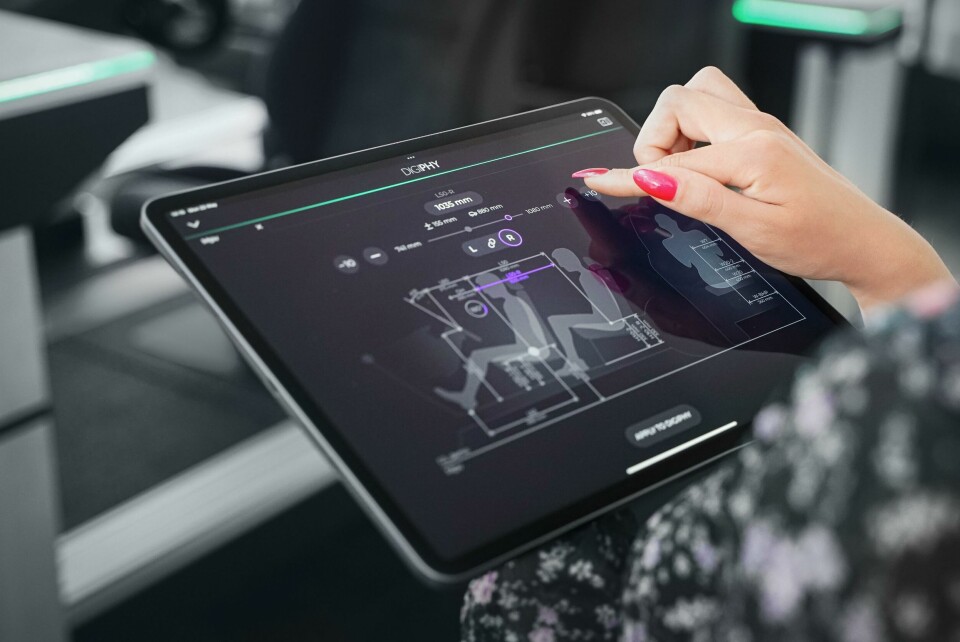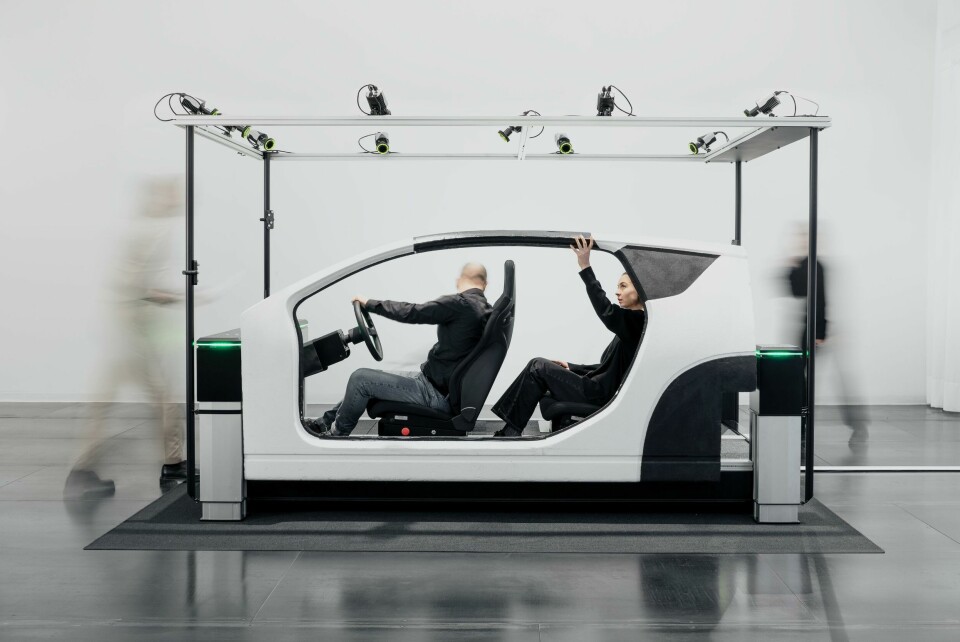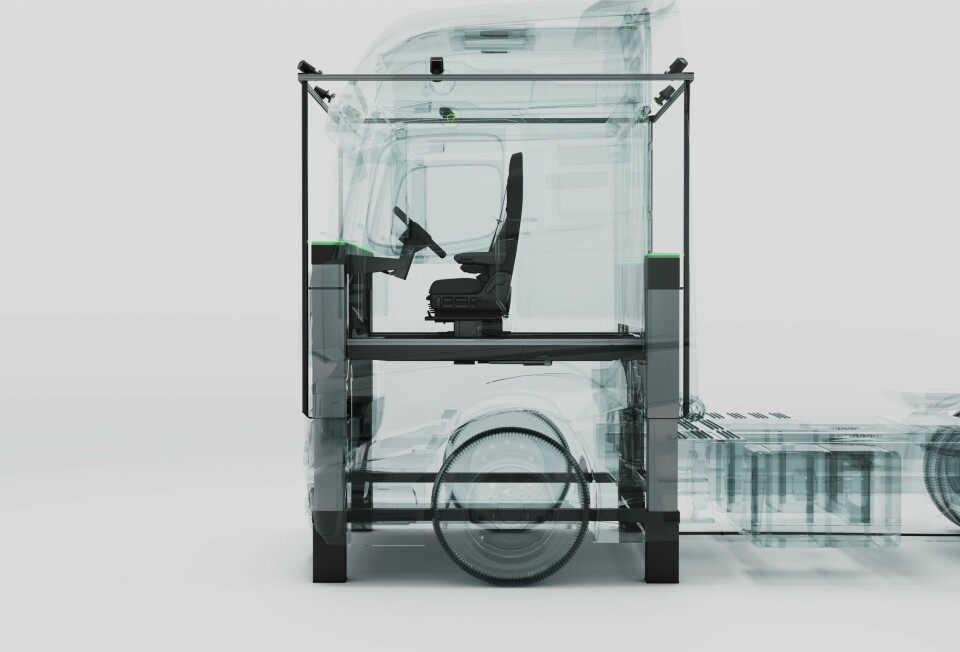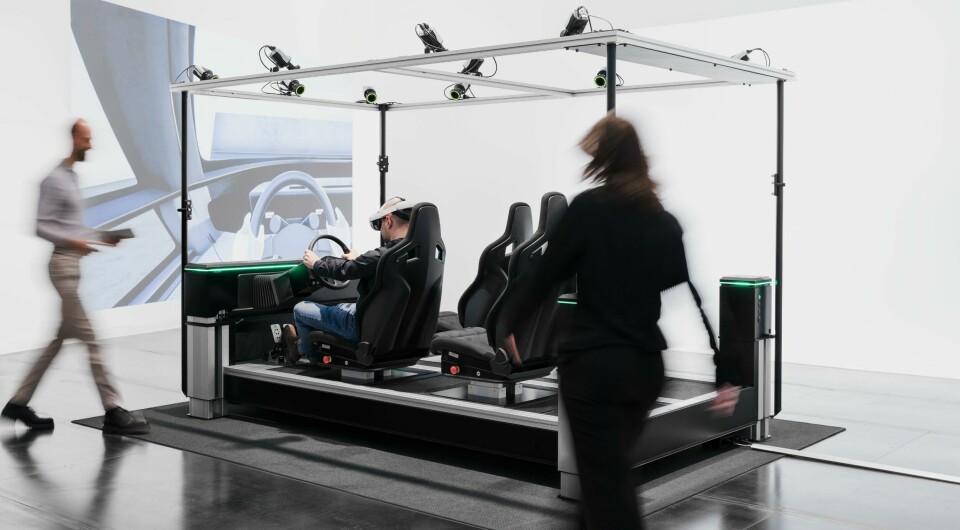
DigiPHY the design process
PARTNER CONTENT
This content was paid for by Granstudio and produced in partnership with Car Design News
Granstudio’s immersive design tool, DigiPHY, enables designers to seamlessly integrate physical and digital realities boosting creativity and collaboration across teams. What’s more, the studio has made it widely available across the industry
There is much to say about the opportunities presented by virtual reality (VR) today, but few things can trump hands-on interaction. In many respects, a combination of the physical and digital worlds is the ideal solution, but doing that is easier said than done.
Granstudio wanted to tackle this head on and has created DigiPHY, a patented mixed-reality seating buck that is designed and built in-house. But rather than gatekeeping the technology, the Turin-headquartered design firm has made it available across the industry, guiding others toward a ‘phygital’ approach to design.
In simple terms, DigiPHY allows design teams to refine numerous elements of any vehicle in seconds. They can sit in the buck in the real world, make any adjustments needed, and experience those changes in real time. Full design reviews can be carried out, covering everything from initial style research and driving position to the overall user experience and interaction with the vehicle.
“It is an interactive 3D canvas,” say Granstudio’s design team, “a creative playground for designing vehicles and the starting point to stimulate creative ideas.”
It could not be easier to use. With just a click, DigiPHY can adapt to different vehicles and allow real-time comparison between them. The platform is modular and allows designers to simulate anything from single-seat cars to three-row commercial vehicles. What makes it unique is the ability to perfectly auto-align the physical and virtual environments thanks to ten precision tracking cameras, which work in harmony with Granstudio’s patented technology. In effect, what is created digitally is immediately felt in the real world.
“Automotive companies must shorten time to market due to increased competition, technology shifts and changing consumer behaviours,” the team says. “This pressures design teams to work under tighter timelines and budgets. Digital aesthetics and interactions are also now critical, requiring seamless integration within the process to create designs that are technologically relevant.”
It appears to be quite a compelling proposition, with numerous OEMs adding DigiPHY to their design process. Lynk & Co acquired a system for its Gothenburg design studio in 2023, and in February this year the University of Stuttgart followed suit; DigiPHY will be integrated as part of the curriculum on the Engineering and Industrial Design course, immersing the next generation of students in the latest design tools. Elsewhere, it has also been employed during the development of the Drako Dragon ‘Hyper SUV’ project and with numerous other customers during workshops enabled by Granstudio’s team of experts.
Others are also evaluating how DigiPHY could be leveraged within their design process, from packaging and ergonomics assessment to design development and final evaluation and validation.
Beyond the merging of physical and digital worlds, part of the attraction is the ability to improve cross-team collaboration both in person and remotely. For example, designers can review, present or comment on a particular project from different parts of the world and experience them in real time. It ultimately makes the process of designing a vehicle quicker, easier and cheaper than before.
“DigiPHY allows designers to combine VR and physical modelling with unprecedented precision and ease of use,” the team at Granstudio conclude. “By layering both the digital and physical experiences, designers can engage with their projects in real-time, fostering a faster-paced and more UX-driven design approach.”
